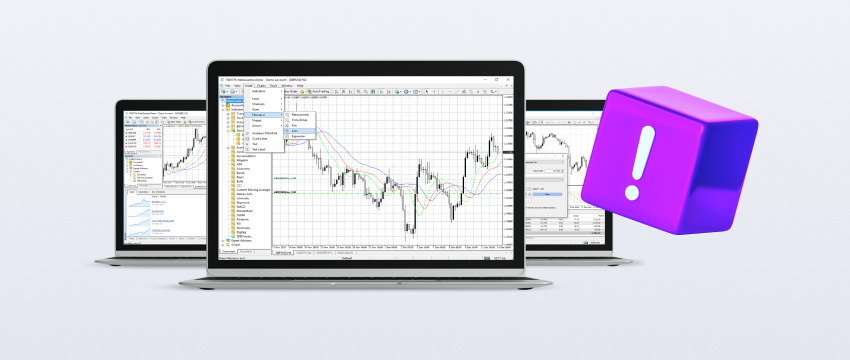Pairs trading was first introduced by Gerry Bamberger. It was later advanced by Nunzio Tartaglia’s quantitative team at Morgan Stanley. This development took place during the 1980s. The strategy involves matching a long position with a short position. These positions are taken in two correlating stocks.
A pairs trader buys one asset while simultaneously selling another. This approach aims to profit from the performance of the pair. The trader can potentially make gains regardless of the market’s direction.
A pairs investing strategy relies on the historical relationship between the two highly correlated assets. The strategy’s profitability stems from their strong positive correlation, which serves as the key factor behind its success.
Pairs traders generally anticipate that the price relationship will return to its long-term average. As the prices realign, the trader closes both positions to secure a profit. For instance, take two closely related commodities like gold and silver.
If gold’s price surges while silver’s price stays relatively unchanged, a pairs trader might take action. They could go short on gold and go long on silver. The trader expects their price movements to converge in the near future.

Steps in pairs trading
Pairs trading involves several steps to implement. The first is to identify two assets with a strong historical correlation. This strategy involves analyzing price trends of related assets. It could be acciones within the same industry. It may also include commodities affected by similar market dynamics. Additionally, currencies influenced by related economic factors can be considered.
The second step begins once the investor has selected their preferred asset pair. The investor keeps an eye out for price divergence, which occurs when the prices of two assets move away from their usual correlation. This difference indicates an opportunity to execute a trade, with the expectation that the prices will ultimately converge.
The third step is when the investor opens a position. This occurs when one asset becomes overvalued relative to the other. In other words, the trader waits for a weakness in the correlation between the two assets before entering the trade.
This will typically see the investor opening two positions, going long on the undervalued asset and going short on the overvalued one. For example, if Apple stock appears overvalued relative to Microsoft stock, the investor would short Apple and go long on Microsoft.
Step four is when the pairs investor decides to exit a trade once the prices of the two assets converge to their mean or historical relationship. At this point, the trader is likely to close both transactions and hopefully make gains from the movement between the assets.
What is the appeal of pairs trading?
There are many reasons that pairs trading appeals to different types of traders.
First reason
- For one, this approach limits exposure to market risk by balancing a long position against a short position. The key risk in this strategy instead lies from the divergence in the correlation between the two assets, rather than from general market trends. In other words, it is independent of market trends.
Second reason
- Second, seeing as pairs trading relies on the relative performance of two assets, traders can spot opportunities regardless of whether the market is volatile or not. Profit potential exists so long as the prices of the two assets diverge and later realign, no matter which way the overall market moves.
Third reason
- Third is the ability to diversify one’s portfolio, as pairs trading involves both buying and selling different assets, and traders can execute it across various market segments. Additionally, this strategy helps hedge against market downturns.
Fourth reason
- Fourth is that pairs trading is incredibly flexible in that it can be applied across many asset classes. This includes acciones, divisas, materias primas, metales, etc. In this way, traders can pick their preferred assets that best align with the level of risk they’re prepared to handle and the trading style they intend to adopt.
Of course, this is not to say that pairs trading is without risk, like every trading strategy, it absolutely comes with its challenges.
Remember that pairs trading requires the simultaneous action of going long and short on two assets. Any delay in executing one part of the trade may cause slippage, reducing the potential for profit or increasing the risk of loss. Liquidity is also important because if one or both assets in the pair lack liquidity, it may make it harder to enter a position at the desired price, also leading to slippage.
The most obvious risk however is the potential for the correlation between the two assets to diverge (break). This may come about as a result of some market moving event and if the price fails to return to its historical norm, the trade may very well lead to a loss of money.

Managing the risk that comes with pairs trading
There are several ways to manage the risk that comes with pairs trading. Here are some of them:
- Be mindful of your choice of assets, i.e. choose those with a strong historical correlation. Ensure you do your research before making your selection and avoid pairs that have exhibited unstable correlation.
- Be sure your position size is in alignment with what you can afford to lose and don’t be tempted to overleverage. Establish your budget from beforehand and make a concerted effort to stick to it.
- Consider setting stop-loss orders to limit losses on the trade that moves in an adverse direction.
- Trade multiple pairs rather than sticking to one single pair trade. This will mitigate your exposure to factors in the market that could impact one pair more than another.
- Constantly monitor the correlation between the assets to spot divergences and be able to react accordingly (i.e., possibly exit a trade).
Learn more about pairs trading
To become skilled with any trading strategy, it is important to learn as much as you can about it. Engaging in some form of ongoing learning is a critical component of longevity in trading in the financial markets.
This requires you to dedicate some time every day or every week to learning about new advancements in trading technologies or evolving market trends. There are many resources available to be able to acquire this information.
Your chosen forex broker for instance is likely to give you access to material like blogs, articles, videos, webinars, podcasts, etc. You could also opt for participating in exhibitions or seminars to engage with other traders and industry experts and learn from them. If attending an event in person is not possible, joining one of many online community forums is also an option.
They often serve as a very practical online location to share insights, ideas, and concepts. You could sign up for a demo trading account and implement a pairs trading strategy to see how it would perform in real market conditions without putting your own money at risk.

Operar con T4Trade
T4Trade is a popular global broker with clients worldwide. The broker offers top-tier, 24/5 multilingual customer support, cutting-edge trading platforms, and flexible trading conditions. T4Trade is also a great go-to resource for traders looking to learn more about forex trading in a user-friendly way.
y donde encontrarán vídeos, podcasts, ebooks, webinarios y vídeos a demanda creados por los especialistas de la empresa y dirigidos a traders de todos los tipos y niveles.
T4Trade traders can also choose from a amplia gama de instrumentos de negociación across 6 asset classes, and enjoy flexible leverage, competitive spreads, fast trade execution and seamless deposit and withdrawal options. Traders can also choose from multiple trading accounts that best suit their needs and individual preferences.
Descargo de responsabilidad: Este material tiene fines informativos y educativos generales únicamente y no debe considerarse como asesoramiento ni recomendación de inversión. T4Trade no se hace responsable de los datos proporcionados por terceros a los que se hace referencia o que aparecen en hipervínculos en esta comunicación.



